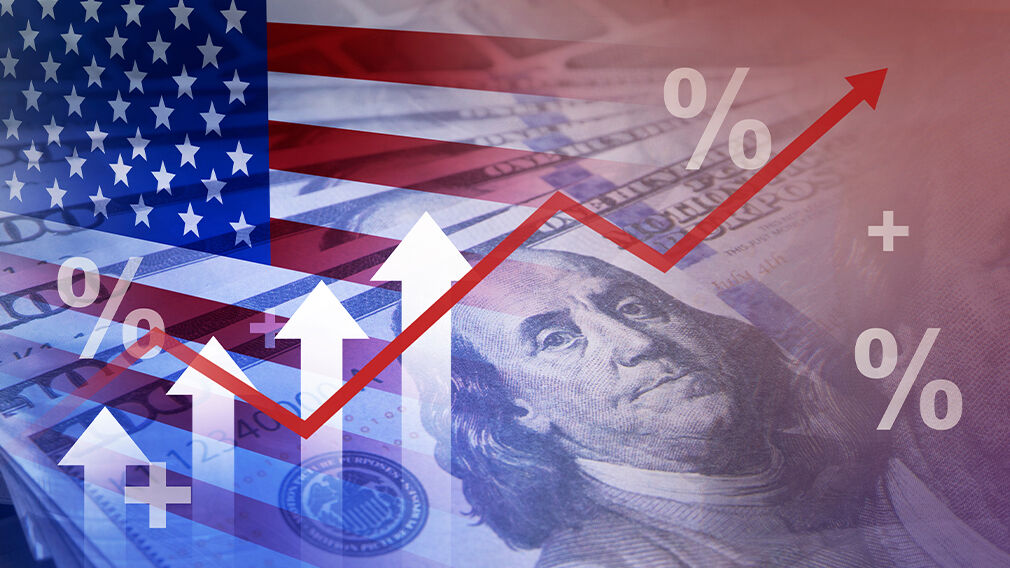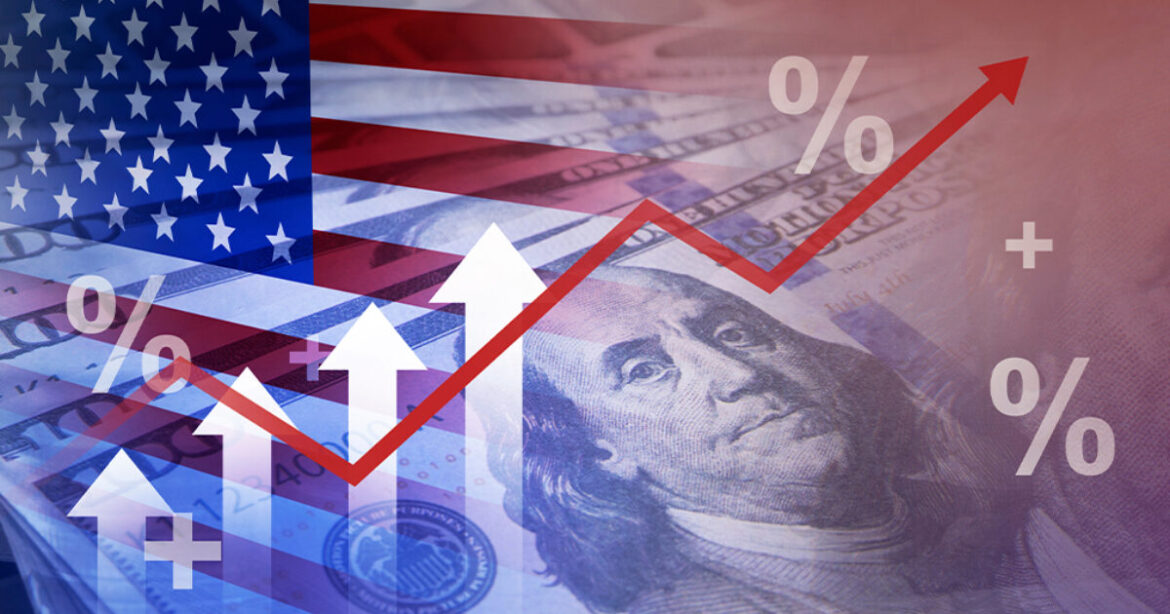
The USA has reached trade agreements with the European Union, Japan, Indonesia and the Philippines, while negotiations continue with other major trading partners, including China. Image source: Adobe Stock
US President Donald Trump has reached trade agreements with the European Union (EU), Japan, Indonesia and the Philippines, while negotiations continue with other major trading partners, including China.
The new trade framework agreements announced by Trump on 22 July with Indonesia and Japan were expected to benefit the US agriculture industry, Ethanol Producer wrote on 24 July.
Meanwhile, the USA and China had started a fresh round of talks as expectations grew that the world’s two biggest economies could agree a 90-day extension to their trade war truce, the BBC wrote on 28 July.
The trade deal with Indonesia included provisions eliminating tariff barriers on over 99% of US products exported to Indonesia across all sectors, including for all agricultural products, health products, seafood, information and communications technology, automotive products and chemicals, the Ethanol Producer report said.
According to a 23 July FreightWaves
report, US trade with Indonesia totalled US$38.3bn in 2024. Key US imports from Indonesia include palm oil, electrical machinery, solar panels, leather shoes and cocoa butter.
US agriculture groups praised the new trade deal with Japan that calls for the nation to significantly increase its imports of US rice and purchase US$8bn in US goods, including corn, soyabeans, fertilisers, ethanol and sustainable aviation fuel (SAF), according to a World Grain report.
“This deal is an embodiment of our countries’ longstanding partnership and includes ethanol and SAF that fits into Japan’s policies of increasing the use of renewable fuels, that include US ethanol,” Ryan LeGrand, president and CEO of the US Grains Council (USGC), was quoted as saying in the 25 July report.
According to the US Census Bureau, Japan is the USA’s fifth-largest trading partner in goods, with two-way trade between the two countries totalling U$227.34bn in 2024 and Japan running a trade surplus of nearly US$70bn. ow
The US-EU deal will impose 15% tariffs on almost all European exports to the USA including cars, about triple the 4.8% tariff currently in force but avoiding punitive 30% import duties Trump had threatened to impose on 1 August, according to a 29 July report by The Guardian.
Trade between the two heavyweights was critical to global trade as it represented the most significant bilateral trade and investment relationship in the world, commodity platform Vesper wrote on 16 July.
In 2024, the US imported nearly US$3bn more in dairy products from the EU than it exported. Specifically, the EU’s agri-food exports to the USA, including dairy products, were valued at €25.1bn (US$29.45) between January and October 2024, according to the EU’s official website.
The European trade commissioner Maroš Šefčovič described the deal as a “breakthrough” in the face of a potential trade war between the world’s two biggest economies, The Guardian
report said.
However, French prime minister François Bayrou said the EU had capitulated to Trump’s threats of ever-increasing tariffs, labelling the framework deal struck in Scotland on 27 July as a “dark day” for the EU.
German chancellor Friedrich Merz and Italian prime minister Giorgia Meloni welcomed the deal as averting a more damaging outcome.
Following the announcement of the US-EU trade agreement, trade organisation le ‘Comité Européen de Liaison du commerce agricole et agroalimentaire (CELCAA), which represents the interests of European agricultural and agri-food traders, said the deal would bring a degree of certainty and lead to the re-equilibrium of trade activity between the USA and the EU.
“While tariffs are nothing to celebrate, the agreement brings short-term certainty and avoids the threat of further escalation which has been hanging over operators for months now,” the association said on 28 July.
Trump’s agreement with the Philippines will reduce its tariff rate on goods from the country to the USA to 19%, without paying import taxes for what it sells there, according to the FreightWaves report. The previous duty rate on products from the Philippines was 20%.
The Philippines was the 33rd ranked US trading partner in 2024, with two-way trade totalling around US$23.5bn that year, the report said.
Key imports from the Philippines include coconut oil, wheat and animal feeds, semiconductor devices and computers, auto parts, electric machinery, textiles and garments, according to Philippines authorities.
Meanwhile, a 90-day tariff truce between the USA and China is set to end on 12 August.
US Treasury Secretary Scott Bessent has said talks with China were in “a very good place” and suggested a new round of talks could result in a second truce.
According to a 28 July South China Morning Post (SCMP) report, which cited sources on both sides, the USA and China are expected to extend the truce by another three months.


AloJapan.com